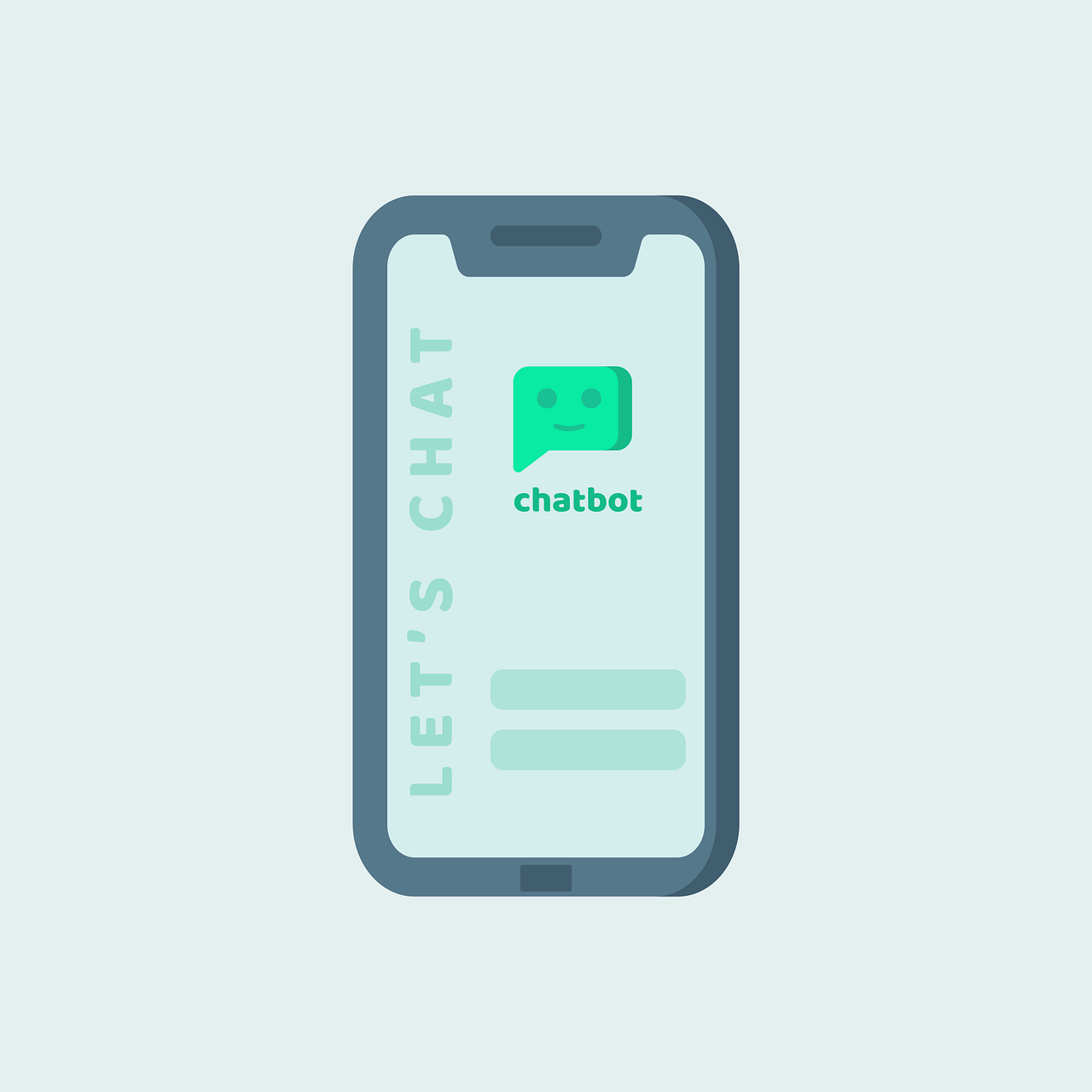Intent Classification and How to Work With It

A chatbot is a virtual assistant that allows you to automate the execution of routine tasks and reduce the workload of live specialists. From the point of view of machine learning, this is an implementation of a classification model that allows you to automatically determine the intentions of users and the transmitted data variables. Along with the rest of the tasks, text understanding is one of the main challenges in modern machine learning.
Classification of Intents in Chatbots
The intent classification explained in chatbots refers to the general purpose of a user’s query, such as finding a company or place, making an appointment, etc. The bot should classify your request and act accordingly to get as much information as possible. Thus, it is easy to see that this is a simple text-ranging task. Intent classification is a well-researched machine learning problem. However, most of the research is done on soft problem statements such as sentiment analysis. In real-life situations, you rarely have less than 5 possible intentions.
The Paradigm of Intentions
The chatbot does not necessarily have natural language processing (NLP). If at one end of the chatbot scale there is a full-fledged conversational bot that has general human-like skills, on the other end, there is a deterministic bot with a predefined conversation pattern (usually 3-4 levels deep) based on many operators.
Starting with this basic mechanism, NLP can be useful in the following parts:
- User input/ranging of questions.
- Better word/entity recognition.
- Recognition of the current position in the process of resolving the issue.
- Generation of responses.
A good option is the intent and entity paradigm, which, as its name suggests, operates in two stages: intent classification and entity recognition.
Accuracy of Intents Division
The accuracy of such a model depends on various parameters:
- The number of data points per intent. A single intent should be served by 5-10 data points used to train the neural network to recognize the intent.
- Volume and quality of data. We all know that, as with any machine learning problem, the more data we have and the closer it is to logical queries, the better the results.
- Ability to transfer training. Using a pre-trained model for a similar problem can be very helpful if available.
- The size of the messages being entered. Users are not inclined to request chatbots briefly. Therefore, specialized tools will help applications improve accuracy.
If companies could optimize the above hyperparameters, they would be able to achieve about 80% accuracy without much effort and move further towards higher accuracy. A result below 80% will lead to product disappointment.
The lack of the ability to solve the problem of conversational skills requires the creators of chatbots to be creative and develop a chain of tasks, which, when combined with some business rules and search heuristics, can lead to several useful chatbots.
(Devdiscourse's journalists were not involved in the production of this article. The facts and opinions appearing in the article do not reflect the views of Devdiscourse and Devdiscourse does not claim any responsibility for the same.)










